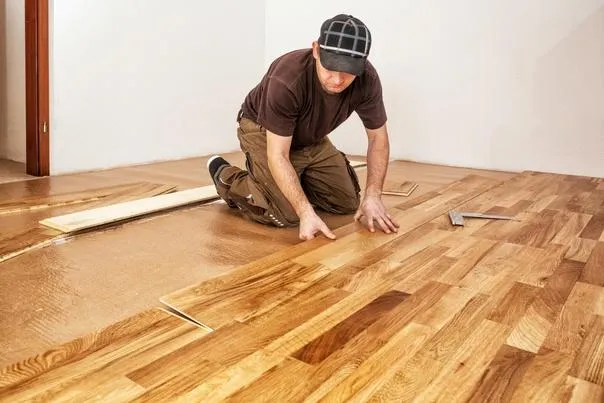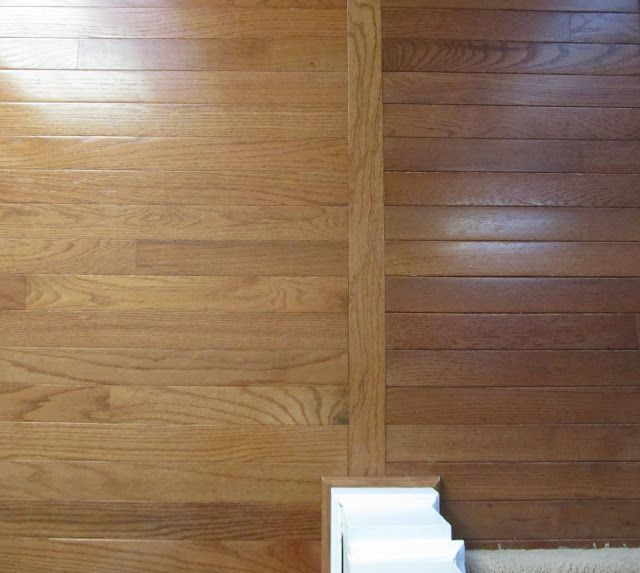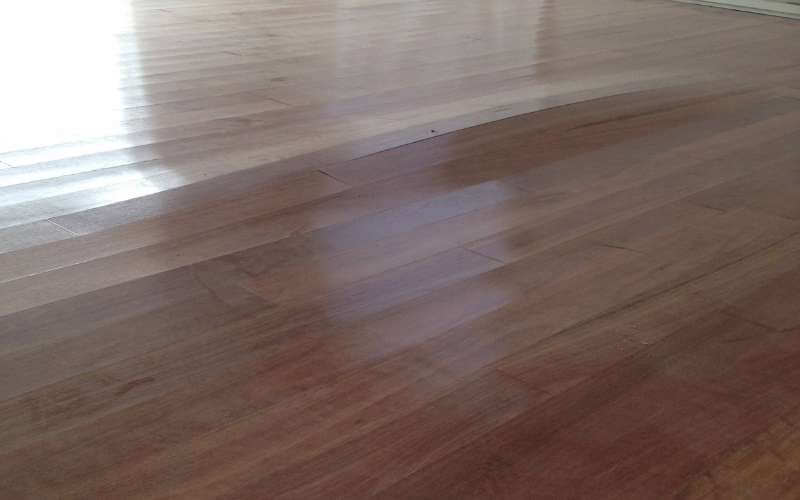
How To Transition Between Two Different Wood Floors
How To Transition Between Two Different Wood Floors

When installing hardwood flooring in your home, one important decision is whether you prefer a continuous, seamless look throughout the rooms or are comfortable with visual breaks created by thresholds. Transitions between different hardwood floors—whether they differ in color, wood species, or height—can be challenging but offer an opportunity to elevate the overall design of your space. Achieving a smooth, cohesive transition is essential to preserving the aesthetic appeal and flow of your flooring.
There are various techniques to accomplish this, from blending stains and finishes to installing transition strips. These strips are both functional and decorative, providing a clean, safe, and visually appealing bridge between two different flooring types or surfaces at varying heights. In this guide, we’ll explore practical and stylish solutions to help you create the ideal transition between different wood floors to suit your space and preferences.
Accommodate for Height Differences:

When hardwood floors are uneven, transition strips offer an effective way to bridge the height difference, helping to eliminate noticeable steps or uneven surfaces. This is particularly helpful when connecting hardwood to tile or when joining hardwood floors of varying thicknesses.
Effortless Flow

Transition strips provide a clean, professional finish where two different types of flooring meet—whether it's hardwood, tile, laminate, or carpet. They neatly cover the edges of each surface, creating a unified and polished look throughout the space.
Compensate Expansion and Contraction

Hardwood floors tend to expand and contract as temperature and humidity levels change. Transition strips help manage this natural movement by protecting the floor edges and allowing for slight shifts, preventing issues like gaps, buckling, or damage.

Transition strips protect the edges of both flooring surfaces from wear, moisture, and damage by covering exposed seams or joints. They also help keep the floors securely in place, preventing shifting or separation over time.
Types of Transition Strips

Various types of wood floor transition strips are designed to meet the specific needs of different flooring situations. Each type serves a unique purpose, depending on factors such as floor height differences, the materials being connected, and the desired visual appearance.
T-Bar

The T-Bar transition strip is ideal for connecting two flooring surfaces of equal height. Its T-shaped design neatly covers the gap between the floors, creating a smooth, secure, and visually seamless transition.
Reducer

The reducer transition strip is perfect for joining flooring materials with different heights. Whether you're transitioning from hardwood or tile to carpet, or from laminate or vinyl to tile, this strip handles the job effectively. Its gently sloped design smooths out height differences, creating a safe and seamless connection—especially useful when moving from a thicker flooring material to a thinner one.
Threshold

A threshold transition strip is an excellent choice for reducing height differences between floors. Available in a range of materials such as wood and stone, it offers design flexibility to match and enhance the look of your flooring.
Ready to elevate your home with beautiful hardwood floors? Whether you're planning to install new flooring, restore existing wood, or need expert refinishing, our team at Hardwood Revival is here to help. We specialize in seamless transitions that enhance both the appearance and value of your space. From bringing back the natural luster of your current floors to installing brand-new hardwood with precision, we handle it all. Contact Hardwood Revival today to explore your options and achieve a flawless, long-lasting finish!
